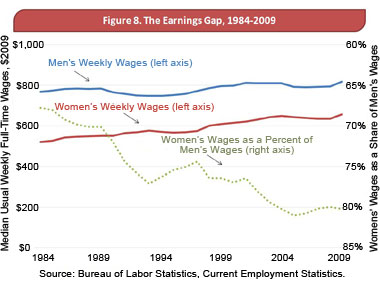This is a post about hot hands in basketball. But first, some relevant history:
The single most controversial topic ever broached here on The Big Questions was not Obamacare, or tax policy, or the advantages of genocide, or the policy treatment of psychic harms. It was this:

The answer, of course, is that you can’t know for sure, because (for example) by some extraordinary coincidence, the last 100,000 families in a row might have gotten boys on the first try. But in expectation, what fraction of the population is female? In other words, if there were many such countries, what fraction would you expect to observe on average?
The “official” answer — the answer, for example, that Google was apparently looking for when they posed this as an interview question — is that no stopping rule can change the fact that each birth has a 50% chance of being either male or female. Therefore the expected fraction of girls in the population is 50%.
That turns out to be wrong. It’s true that no stopping rule can change the fact that each birth has a 50% chance of being either male or female. From this it does follow that the expected number of girls is equal to the expected number of boys. But it does not follow that the expected fraction of girls in the population is 50%. Instead, that expected fraction depends on the country size, but is always less than 50%.
If you don’t see why, I encourage you to browse the archive of relevant blog posts. If you still don’t get it, I encourage you to keep browsing. Whatever your objections might be, you’ll find them addressed somewhere in the archive. I’m not interested in relitigating this. I will, however, happily renew my offer to take $5000 bets on the matter, on the terms described here. Last time around, all takers changed their minds before putting any money on the table.
Now let’s get to the hot hands.





 Robin Hanson
Robin Hanson 
